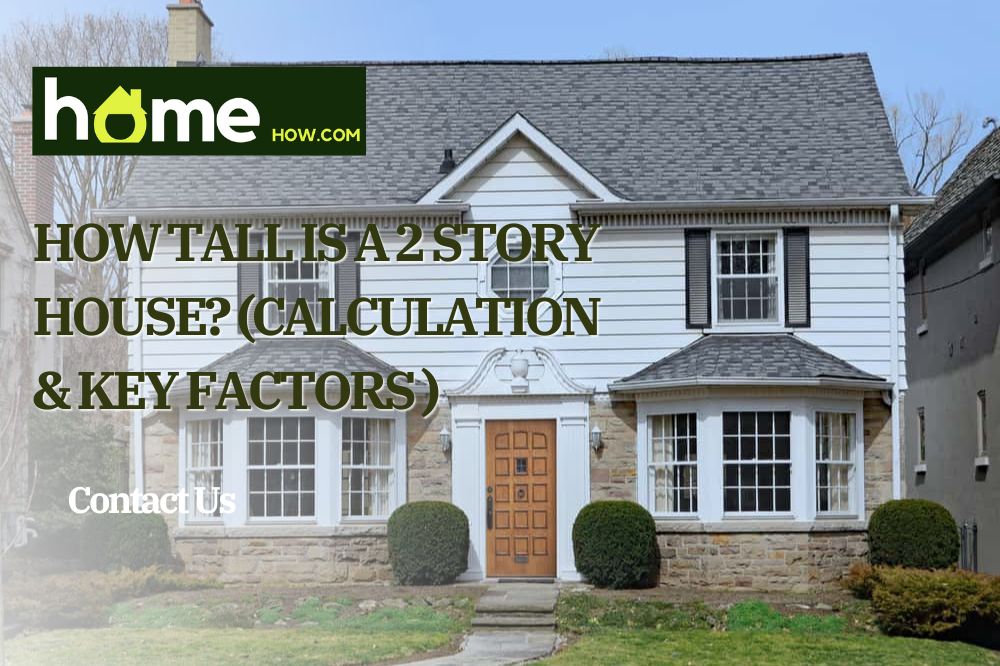Have you ever wondered if all two-story houses are the same? Have you ever thought about what could contribute to the height of a two-story home and what impact such facilities will have on society? If any of these questions have ever crossed your mind, then you are at the right place to get prompt and accurate answers to your questions.
Not many people care about the size of a story house. What matters in recent times is the height of such a house because, generally, the square root of homes is getting smaller as the day goes by. This is because the height of a house relating to its general configuration is one of the most essential factors contributing to the impact the building will have on its immediate environment.
Understanding the height of a house also helps to ensure its aesthetically and safe-pleasing proportions, even when viewing it from a design perspective. The height of every-story house building varies. You can’t compare the height of a story building to a two-story building or three-story building.
This article explores what a story building is and how to measure the height of your building without any professional knowledge or help.
What Constitutes A Story Building?
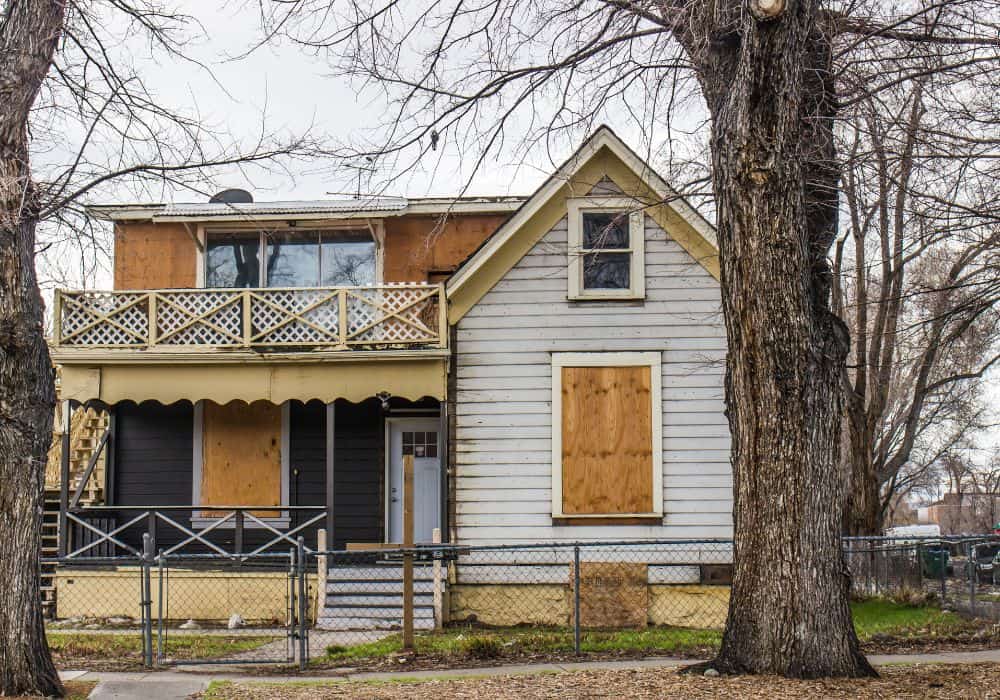
Simply put, a story is a floor or a building level. If a building has different levels or floors, then each level has a lower horizontal surface or floor that provides the necessary structural support needed by that particular floor; this is called a story. A building can have as many stories as possible depending on the builder’s wants and the architectural design.
The building materials, the floor’s thickness, and the ceiling height of a story constitute how high each level will be. As mentioned earlier, not all story buildings have the same height. For instance, a two-story commercial building might be taller than a two-story residential building.
The height of a residential building varies depending on its location. This is because there are by-laws and other local regulations you may have to determine regarding the area you plan to build. Howbeit, there is no definite rule a builder must follow when it has to do it determining the height of a house.
In as much as the blueprint of the house you are about to build is correctly done according to the construction standard and structural basics are covered, then you are good to go. You can now build your house according to your space and design requirements.
On the other hand, commercial buildings often have a taller lobby for aesthetic appeal and structural stability. Stories at the lower level may have more height and floor area than those at the upper level. The ground floor or first floor is the floor at the ground, i.e., the floor upon which other stories are built.
If there is a floor below the first floor, it is always addressed as the basement, and it is not often discussed as part of the stories in a building. Even an elevator always labels the ground floor as ‘G,’ the basement as ‘B,’ and other story buildings as ‘1’, ‘2’, ‘3’, etc. In real estate, the highest floor of a residential building is known as a “penthouse”. This usually has the most beautiful view and space and is often the most expensive.
How Tall Is An Average 2-Story Building?
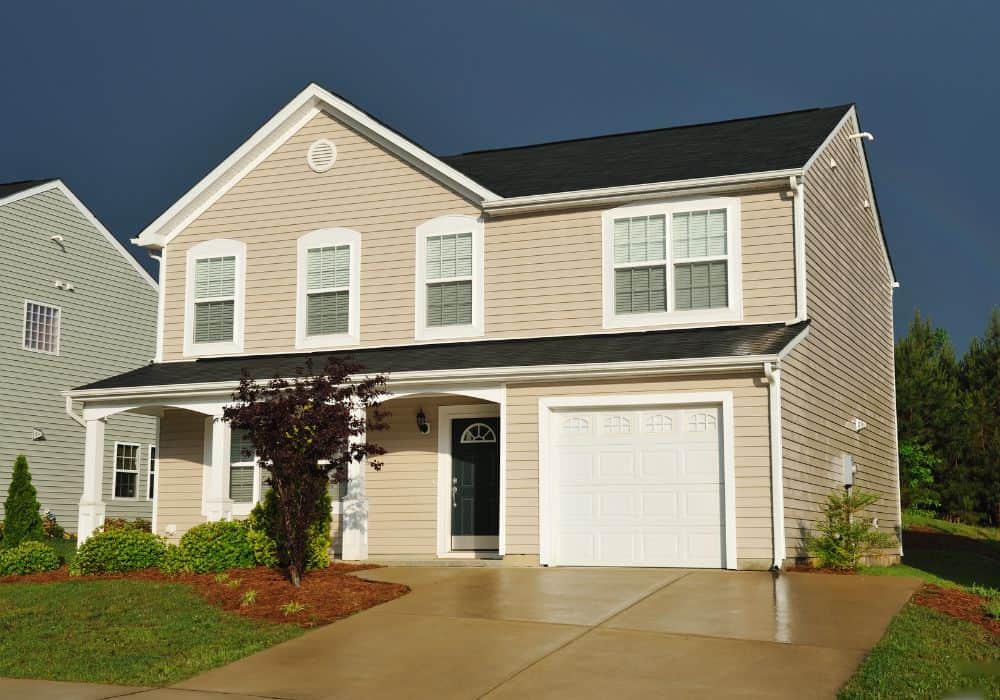
To begin with, the average height of 1 story building is 9 to 10 feet and 3 meters. A standard 2-story building is 18 to 20 feet tall with 5.5 to 6 meters, while a standard 3-story building is between 30 to 35 feet and then 9 to 10.5 meters. However, what we are focused on in this section is 2 story building. But at the same time, it won’t hurt to quench your curiosity about the average height of 1 and 3 stories buildings, respectively.
The average height given for a 2-story building above does not include any form of ceiling modifications and the height of the roof. Also, you might need to consider any form of added depth from the thickness of the floor in the upper story. This is because this floor is built to carry the weight of the upper floor securely.
To some people, a 2-story building might not seem so different from a single-story building, but the truth remains that a 2-story building cannot be compared to a single-story building in terms of aesthetics and space. The height of a 2-story building makes it more secure.
How To Measure The Height Of A 2-Story Building
Have you ever wondered if measuring the minimum height of your house is possible? Oh yes, you can measure the height of your house with and without professional help. If you want to measure your house with the assistance of a professional, you can invite them to your home, and they will get it done without wasting time with their equipment.
But, if you want to measure your building by yourself, this section will take you through how to do so personally and safely. To calculate the height of your house, you have to consider many things, especially the vertical height of such a house. You will also need a stick which should be about 4-5cm high (you can make do with a broomstick), a hammer, and a tape measure.
Calculating The Height Of A House In A Spacious Land
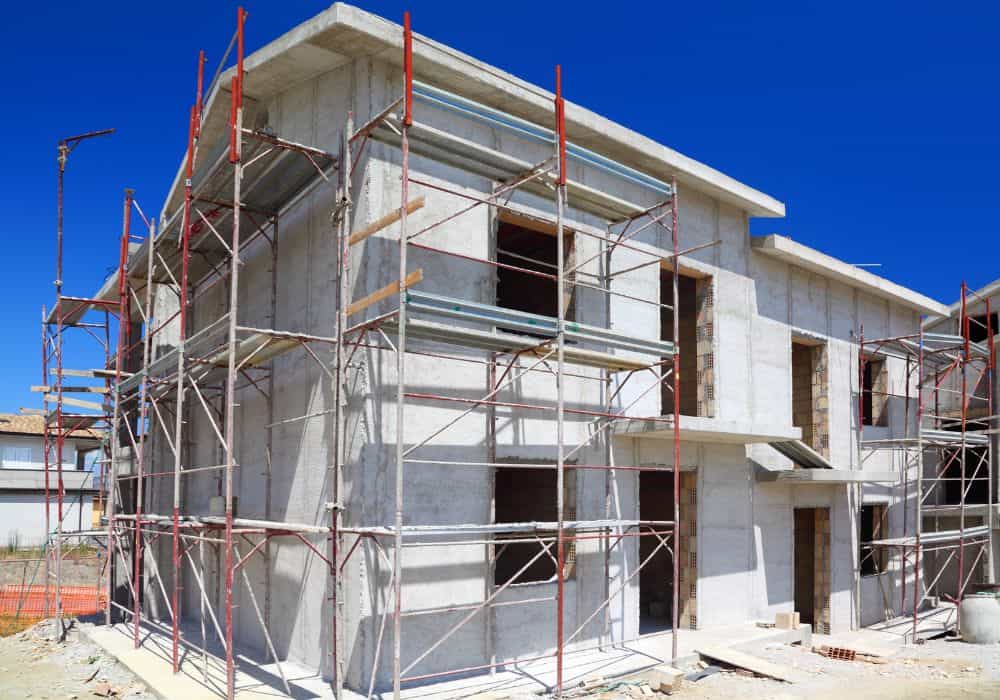
If your house is built in the middle of spacious and flat land, you can take advantage of the shadow it casts on a sunny and clear day. It will be straightforward to measure the house with that. Peradventure, you have a flat roof, measure from the floor up to the top of the roof. If you have a sloppy pitched roof, measure from the ground level to the highest roof point.
Pick all the equipment mentioned above and go to a place with soft soil. Dig the ground and put a broomstick into the soil and let it stand straight on its own. Use your tape measure to measure the height of the broomstick. Be patient to the point where the sun is at an angle when the height of the broomstick is almost the same as the length of its shadow.
Indicate where the building stops and measure the length of the shadow from the exterior of the building to the farthest edge to get an approximate height. You can also measure the shadow of the broomstick at any time of the day.
All you have to do is to do a little bit of calculation to get the ratio of the exact length of the broomstick (the one in the ground) to the length of the broomstick’s shadow. You can now proceed to measure the shadow of the building and add the calculated ratio of the broomstick to get the length of the building.
Use this method to calculate the height of buildings in a flat and clear area. Also, this method works when the building is tall and narrow enough to cast a distinct shadow.
What Affects The Height Of A 2-Story Building?
Certain factors constitute how high a 2-story building will be. Such factors include:
1. Roof style and pitch
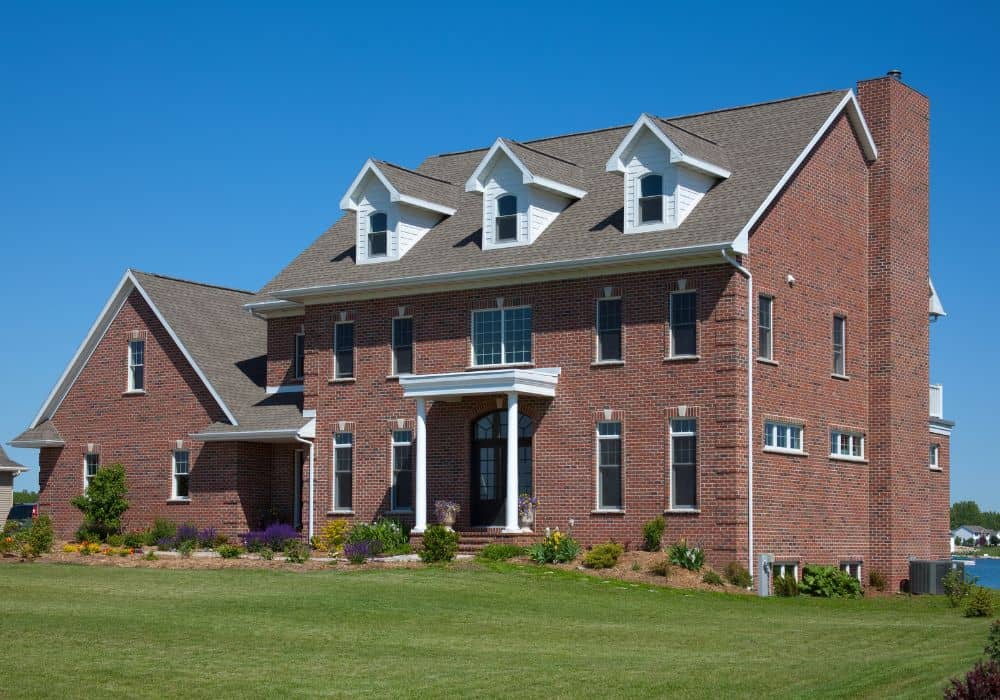
The pitch and style may affect the height of a 2 story building. The type of roof used, such as Gable roof, Saltbox roof, Gambrel roof, A-frame roof, Mansard roof, and Steep roof, may raise the height of a house by many feet. Flat roofs, on the other hand, do not add to the height of the roof.
2. Attic space
Attic space is also significant when determining the standard height of a 2 story building. A building with an attic will be taller than one without lofts. For instance, an average attic has a ceiling height of about 7 feet for less than half of the area to meet the code requirements.
In an attic, note that at least most code demand 7.5 feet of height over nothing less than 50% of floor area. Consider the thickness of any finishing material when calculating because this will reduce the total height at the end. Factor in your attic space from the start because this will make the building taller.
3. First-floor ceiling height
The first-floor ceiling on the ground floor is another factor determining how high a two-story building will be. Generally, builders often add extra ceiling height to the first floor and then make the ceilings in the other story above it about one foot shorter.
This is applicable in commercial, office, and residential buildings. For instance, a 2-story building with a 10-foot ceiling on the first floor will have about a 9 to 8-foot ceiling on the other story.
Conclusion
Finding an average height of a two-story building can be fun and tricky at the same time. But with a few measurements and the appropriate measuring equipment, you will arrive at a correct estimated height. Whether you want to calculate the size of your building yourself or you want to invite a professional, ensure that the local code requirement is met.
